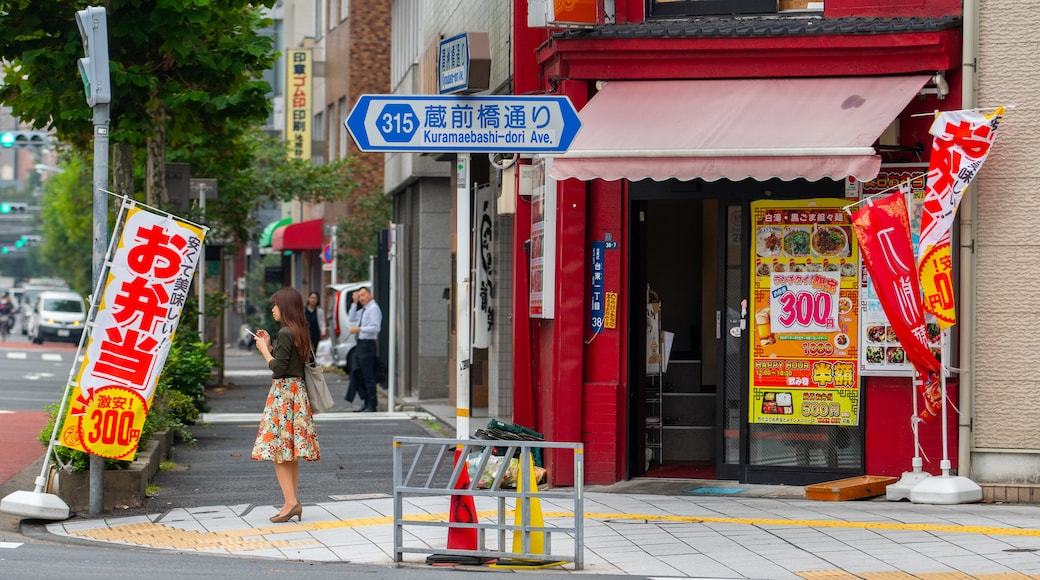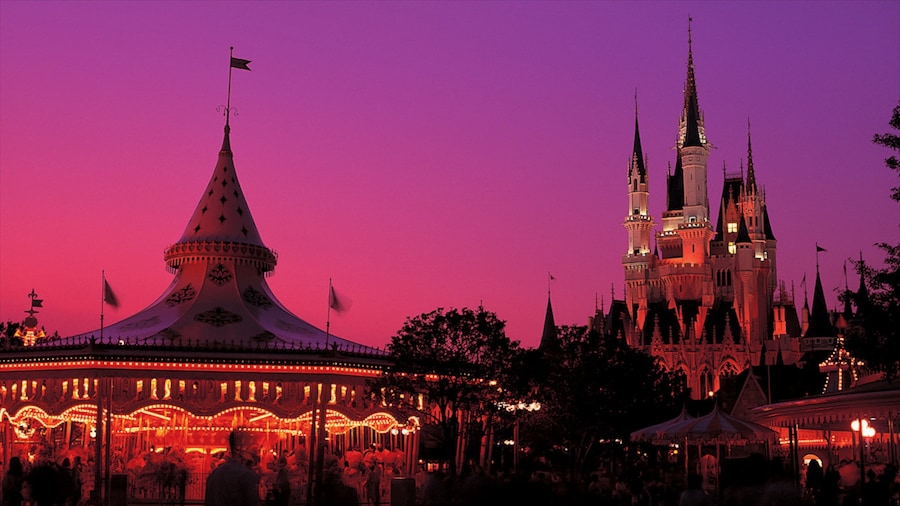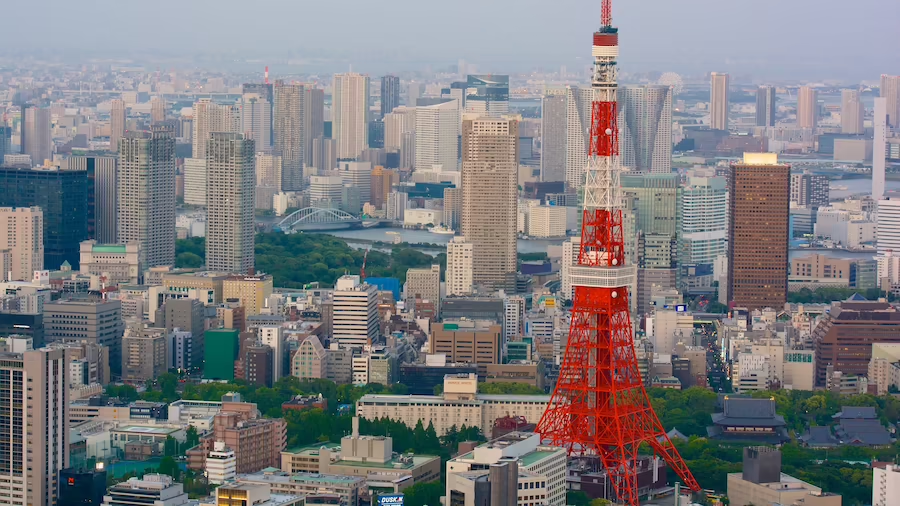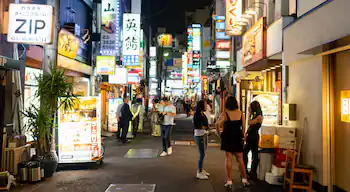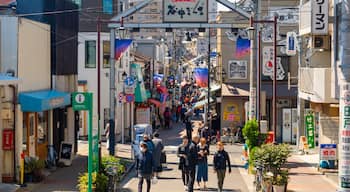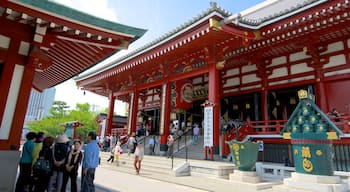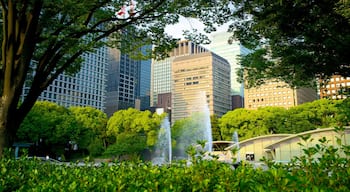Fans of the traditional Japanese doll should head straight to this riverside neighbourhood in the Taitō ward of Tokyo.
Asakusabashi is a relatively traditional and affordable Tokyo neighbourhood along the central Tokyo waterfront. It’s sometimes confused with the much more touristy Asakusa district, which is nearby. The two used to be linked because “bashi” means “bridge” and Asakusabashi refers to the bridge that gave access to Asakusa’s Sensoji Temple during the Edo (old Tokyo) Era.
Follow Edo-dori Avenue to where it meets Asakusabashi Station and you’ll see the bridge that gave the district its name. It spans the Kanda River with its scenic houseboats.
Asakusabashi is home to many wholesale stores that sell boxes full of beads, ribbons, artificial flowers and other materials for crafts. If you happen to visit in fall, attend the Monomachi events, during which galleries and studios hold open houses and give workshops.
If you would like to purchase a traditional Japanese doll as a souvenir you have come to the right place. Most doll shops in Asakusabashi cater to the wealthier Japanese who buy the dolls for their kids or grandkids on special occasions.
March 3 is the day of the Hina Matsuri (Doll Festival), when a symbolic gift is given to girls for good health. On May 5, boys receive a samurai doll for courage and strength. Many also come to Asakusabashi on that day to buy koinobori(koi carp banners) to decorate the streets in order to ward off evil spirits.
The area’s carved wooden or clay kimekomidolls are available year round. Ask the way to Kyugetsu, a more affordable store that caters to tourists and also sells other dolls and doll-related souvenirs.
Of the three ancient Shintō shrines in Asakusabashi’s alleys, the Ichogaoka Hachiman Shrine is easiest to find because it’s just around the corner from Asakusabashi Station. The shrine is dedicated to a local priest, Shaku Gyochi (1778-1841), a collector of folkloric tales.
At night, take a romantic yakatabune river dining cruise, from near the 17th-century Ryōgoku Bridge.
Reach Asakusabashi by taking the JR Sobu line from the centre of Tokyo. The stop is between Akihabara (west) and Ryōgoku (east). The trip takes just 15 minutes from Tokyo Station and about an hour from Tokyo Haneda Airport.




